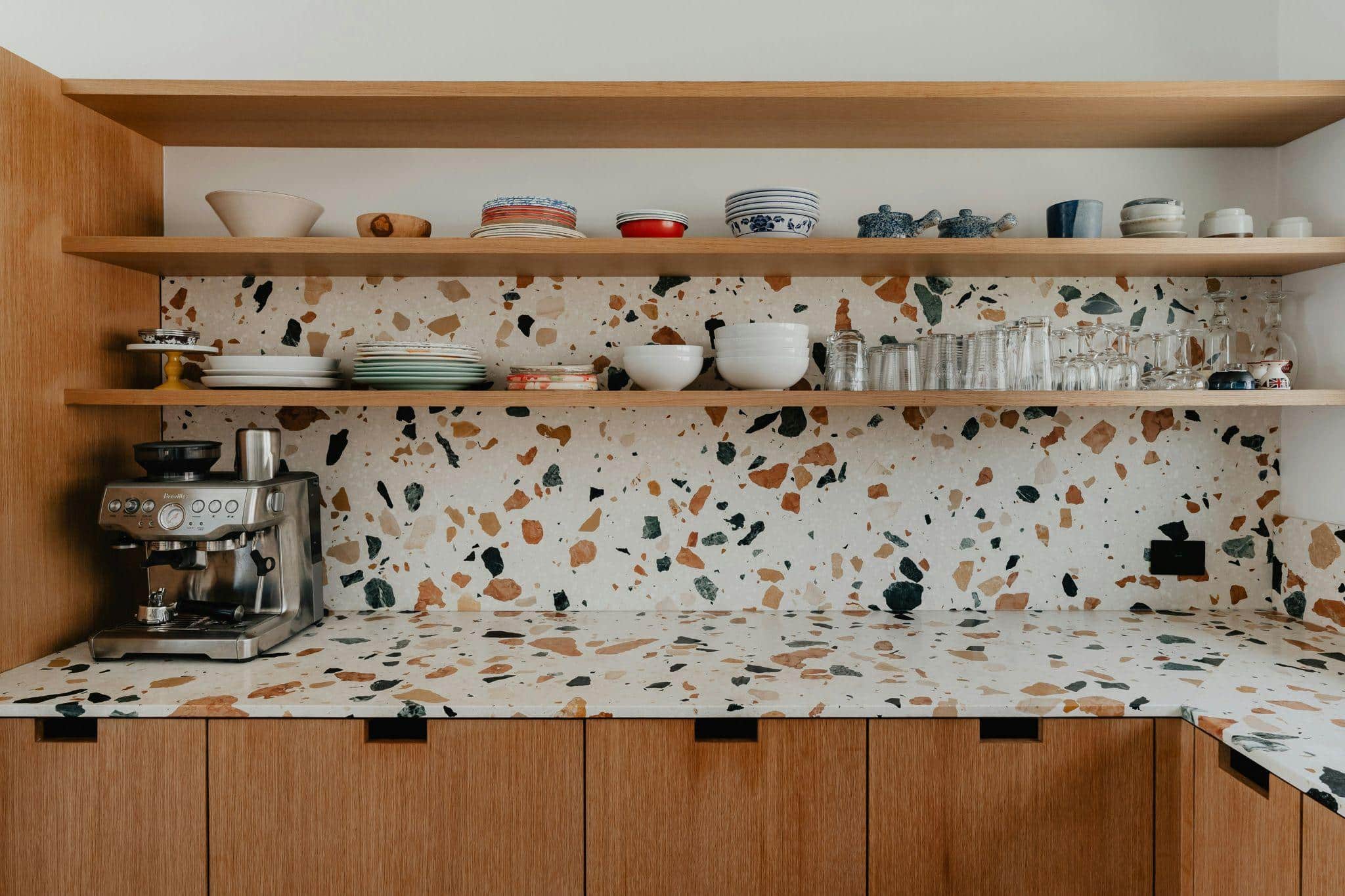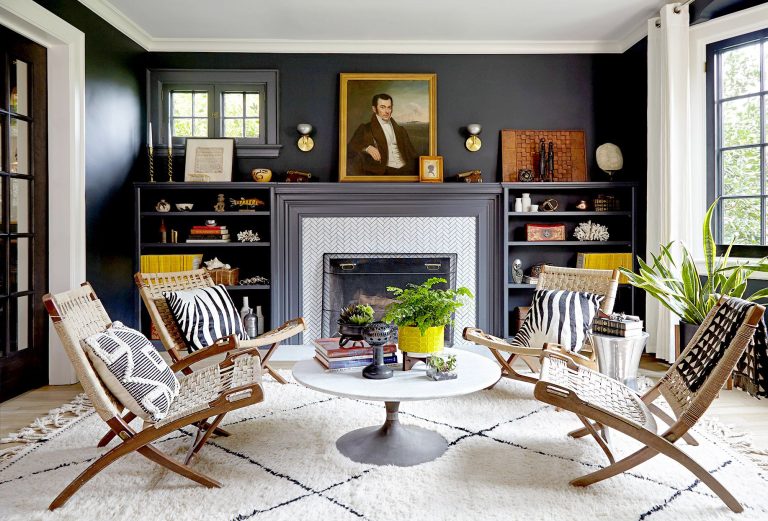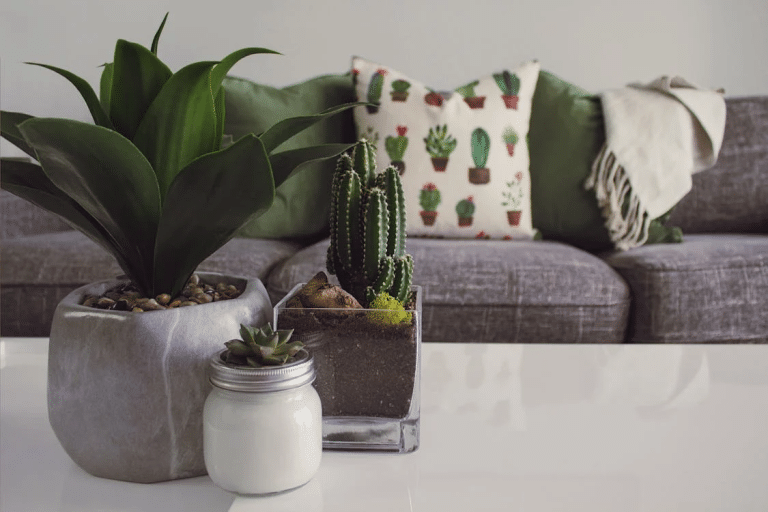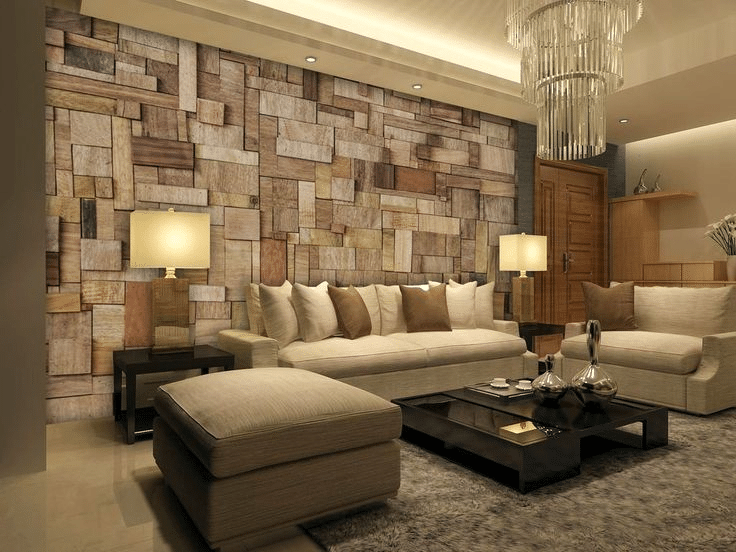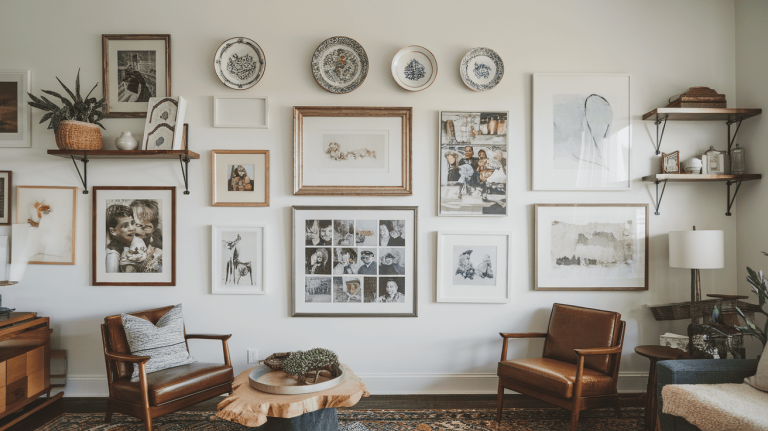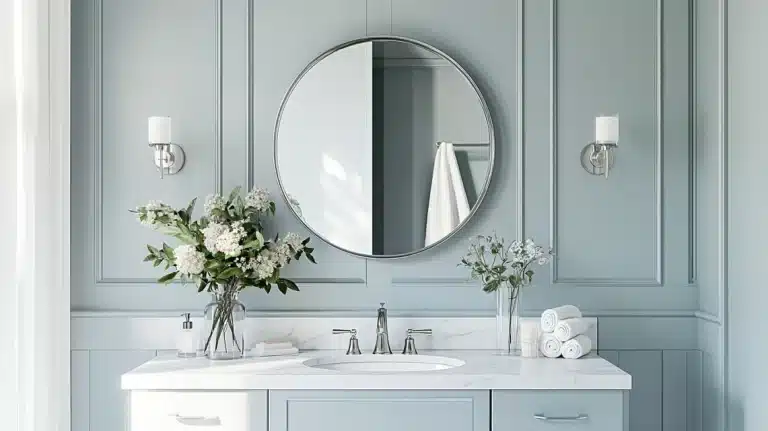Transforming Houses Into Homes: The Journey From Empty Walls to Personal Sanctuary
There’s something almost magical about walking into an empty house for the first time. The bare walls hold infinite possibilities. The unmarked floors seem to whisper promises of memories yet to be made. Every room is a blank canvas waiting for your story to unfold. But between that first walk-through and the moment when a house truly becomes your home lies a journey filled with decisions, creativity, and more than a little hard work.
Whether you’re moving into a brand-new property or breathing fresh life into a space that’s been lived in before, the transformation process is where the real magic happens. It’s where your personality meets practicality, where design dreams collide with budget realities, and where a collection of rooms gradually morphs into something that feels unmistakably yours.
The truth is, creating a home that truly reflects who you are involves so much more than just moving furniture around or picking paint colors. It’s about understanding which elements will stand the test of time, knowing where to invest your resources for maximum impact, and making choices that balance aesthetics with functionality. It’s about creating spaces that don’t just look beautiful in photographs but actually work for the way you live your daily life.
Let’s explore how to approach this transformation thoughtfully, from the foundational design decisions that set the stage for everything else to the practical logistics that make the whole process possible.
The Foundation: Where Design Meets Durability
When you’re planning a home transformation, whether it’s a complete renovation or strategic updates to key spaces, the decisions you make about foundational elements matter enormously. These are the choices that you’ll live with every single day, the surfaces you’ll walk on, touch, and see countless times. Rush these decisions or choose based solely on trends, and you’ll find yourself wanting to redo things far sooner than your budget would prefer.
This is particularly true in high-traffic, high-impact areas like kitchens, bathrooms, and entryways. These spaces demand materials that can handle real life while still delivering the aesthetic punch you’re after. You need surfaces that shrug off moisture, resist wear, and continue looking great years down the line. But here’s the thing: durability doesn’t have to mean boring.
Take backsplashes and feature walls, for instance. These elements can completely transform a room’s character while serving important protective functions. The right choice adds depth, texture, and visual interest that elevates the entire space. And when it comes to creating those wow-factor moments without sacrificing practicality, few options deliver quite like thoughtfully designed tile work.
The beauty of tile, especially when you venture beyond standard large-format options, is the sheer versatility it offers. Small-scale tiles allow you to create intricate patterns, develop flowing color gradients, or craft custom designs that simply aren’t possible with larger pieces. They let you add personality and artistry to functional surfaces in ways that feel both timeless and uniquely yours.
For those planning kitchen or bathroom renovations, exploring options from a reputable mosaic tiles supplier singapore can open up possibilities you might not have considered. The range of materials, finishes, colors, and patterns available today goes far beyond the basic bathroom tiles of decades past. Glass mosaics catch and reflect light in magical ways. Stone varieties add natural texture and depth. Porcelain options deliver modern sophistication with minimal maintenance requirements.
What makes mosaic tiles particularly valuable in home design is their ability to work in any style context. Planning a sleek, contemporary kitchen? Glossy glass mosaics in subtle neutrals create sophisticated backsplashes that enhance without overwhelming. Dreaming of a Mediterranean-inspired bathroom? Colorful ceramic mosaics arranged in traditional patterns bring authentic character. Wanting something uniquely eclectic? Mixed-material mosaics combining glass, stone, and metal create one-of-a-kind focal points that become conversation starters.
Planning Your Transformation: The Details That Matter
Once you’ve got your vision beginning to take shape, the next phase involves translating those ideas into actionable plans. This is where many people stumble, caught between their Pinterest-perfect dreams and the practical realities of budgets, timelines, and logistics.
The key is prioritizing strategically. Not every element of your home needs to be addressed immediately. In fact, trying to do everything at once often leads to budget overruns, decision fatigue, and compromises you’ll later regret. Instead, identify the changes that will make the biggest impact on how your space looks and, more importantly, how it functions for your daily life.
High-impact, high-visibility areas should generally take precedence. That dated kitchen that makes you sigh every time you cook dinner? Probably worth addressing sooner rather than later. The rarely-used formal dining room? That can wait. The bathroom you use twice daily that still has fixtures from the 1980s? Definitely a priority candidate.
When planning these transformations, think in layers. There are the permanent, structural elements like flooring, tile work, and built-in cabinetry. These are your biggest investments and the hardest to change later, so they deserve your most careful consideration. Then there are the semi-permanent choices like paint colors, light fixtures, and hardware. These can be updated more easily if your tastes evolve. Finally, there are the fully flexible elements like furniture, textiles, and accessories that let you refresh your look without major renovation.
This layered approach gives you flexibility to spread costs over time while ensuring that your foundational choices are solid enough to accommodate future style evolution. You’re not locked into a single aesthetic forever, but you’re also not replacing expensive tile work every few years because you chose based on a fleeting trend.
Budget realism matters enormously here. Home transformations always cost more than initial estimates suggest. Materials cost more than you expect. Labor takes longer than planned. Unexpected issues crop up once walls are opened or old fixtures are removed. Building in a buffer of 20-30% beyond your estimated costs saves stress and prevents the dreaded half-finished project that sits incomplete because funds ran out.
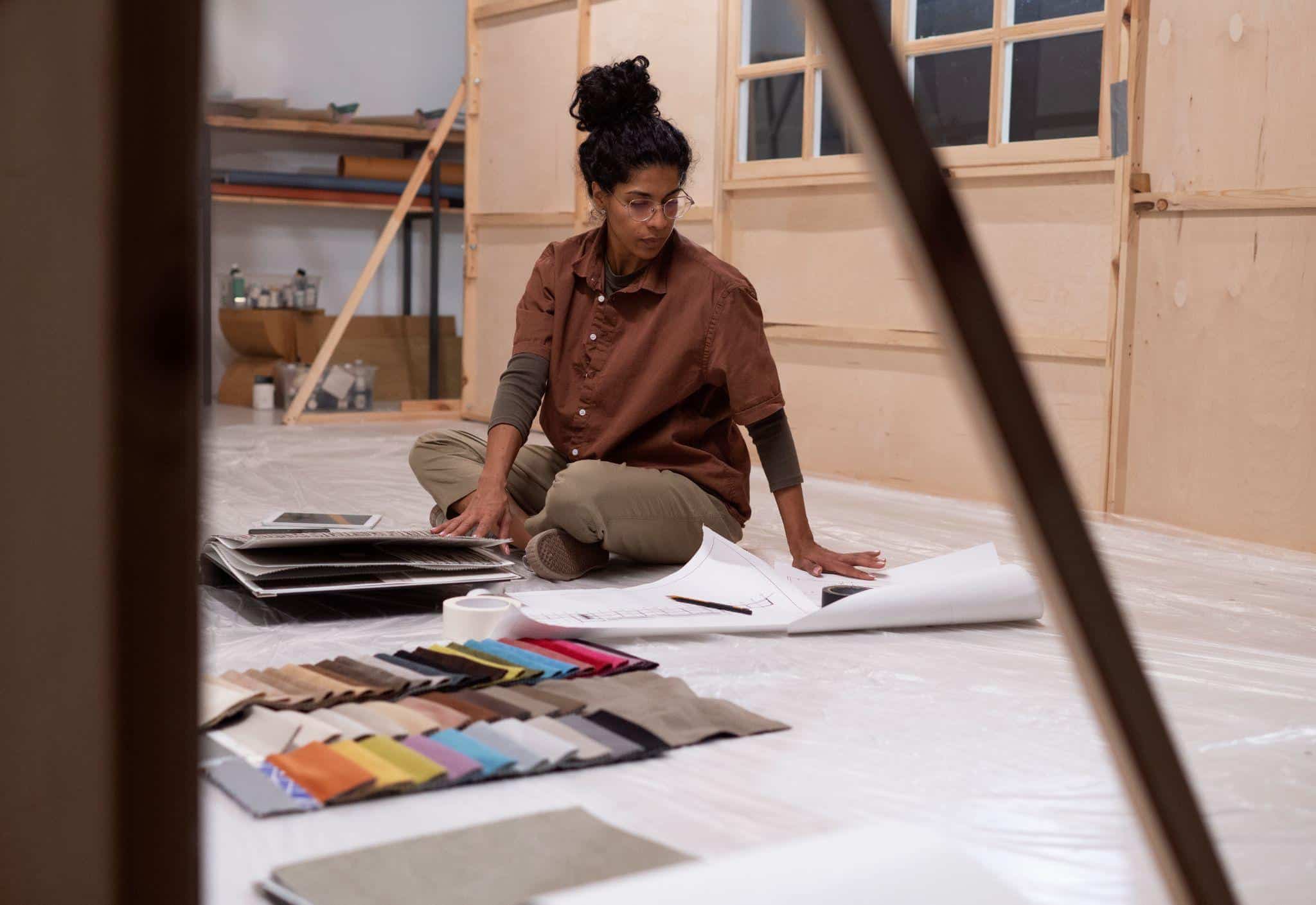
The Practical Side: Making the Move
Here’s something that doesn’t get talked about enough in home transformation discussions: sometimes the best way to create your dream space is to start somewhere new. Maybe your current house has structural limitations that make your vision impossible. Maybe you’ve outgrown your space. Or maybe you’ve simply found a property with better bones, better location, or better potential for becoming exactly what you want.
When relocation becomes part of your home transformation journey, the logistics suddenly expand significantly. You’re not just planning renovations anymore; you’re coordinating an entire household move while potentially managing renovation work simultaneously. The complexity multiplies, and so does the potential for stress if you don’t approach it systematically.
This is where professional help becomes not just convenient but essential. Trying to manage a major move yourself while also juggling renovation decisions, work commitments, and daily life is a recipe for overwhelm. The physical labor of moving is just one piece. There’s the careful packing of belongings, the coordination of timing, the logistics of getting everything from point A to point B safely and efficiently.
Different locations present different challenges, too. Moving locally versus relocating to another city versus transitioning to an entirely different region all require different approaches and considerations. Climate differences affect what you’ll need in your new space. Local building codes and regulations impact renovation possibilities. Even the availability of materials and skilled tradespeople varies by location.
For those planning relocations, partnering with experienced professionals who understand the specific demands of your destination makes the entire process smoother. If your transformation journey is taking you to tropical regions where humidity, heat, and seasonal weather patterns require special consideration, working with specialists who know these conditions is invaluable. Services like Cairns removalists understand the unique requirements of moving to and within areas where climate impacts everything from packing strategies to timing considerations, ensuring your belongings arrive in optimal condition and your transition goes as smoothly as possible.
The goal is to minimize the chaos of moving day so you can focus your energy on the exciting work of making your new space truly yours. Professional movers handle the heavy lifting, the transportation logistics, and the careful navigation of furniture through doorways. This frees you to concentrate on unpacking strategically, settling in thoughtfully, and beginning the transformation work that will turn these new walls into your personal sanctuary.

Creating Spaces That Work: Function Meets Beauty
Once you’re in your space, whether it’s freshly renovated or newly moved into, the real work of making it home begins. This is the phase that separates houses that look beautiful in photos from homes that actually support and enhance daily life.
Every room in your home serves specific functions, and your design choices should honor these practical realities while still delivering on aesthetics. A gorgeous kitchen that lacks adequate prep space or storage quickly becomes frustrating. A spa-like bathroom that doesn’t have anywhere to keep your actual toiletries feels impractical. A stunning living room filled with white furniture might not be the best choice if you have kids or pets.
The secret is finding that sweet spot where beauty and practicality overlap. Choose materials that look fantastic but also stand up to real use. Invest in quality pieces for elements you interact with frequently. Save on things that are purely decorative or rarely touched. This approach lets you create spaces that photographs beautifully while also working hard for your daily needs.
Lighting deserves special attention because it affects everything else. The most beautiful tile work looks muddy in poor light. Carefully chosen paint colors read entirely differently depending on natural versus artificial light sources. Layer your lighting with ambient sources for general illumination, task lighting for specific activities, and accent lighting to highlight architectural or design features you want to emphasize.
Don’t underestimate the power of negative space, either. The temptation when creating a home is to fill every surface, cover every wall, and maximize every corner. But breathing room matters. Spaces need room to, well, breathe. A carefully curated collection of meaningful objects makes more impact than cluttered surfaces crowded with stuff. Strategic emptiness lets your key design choices shine rather than competing for attention.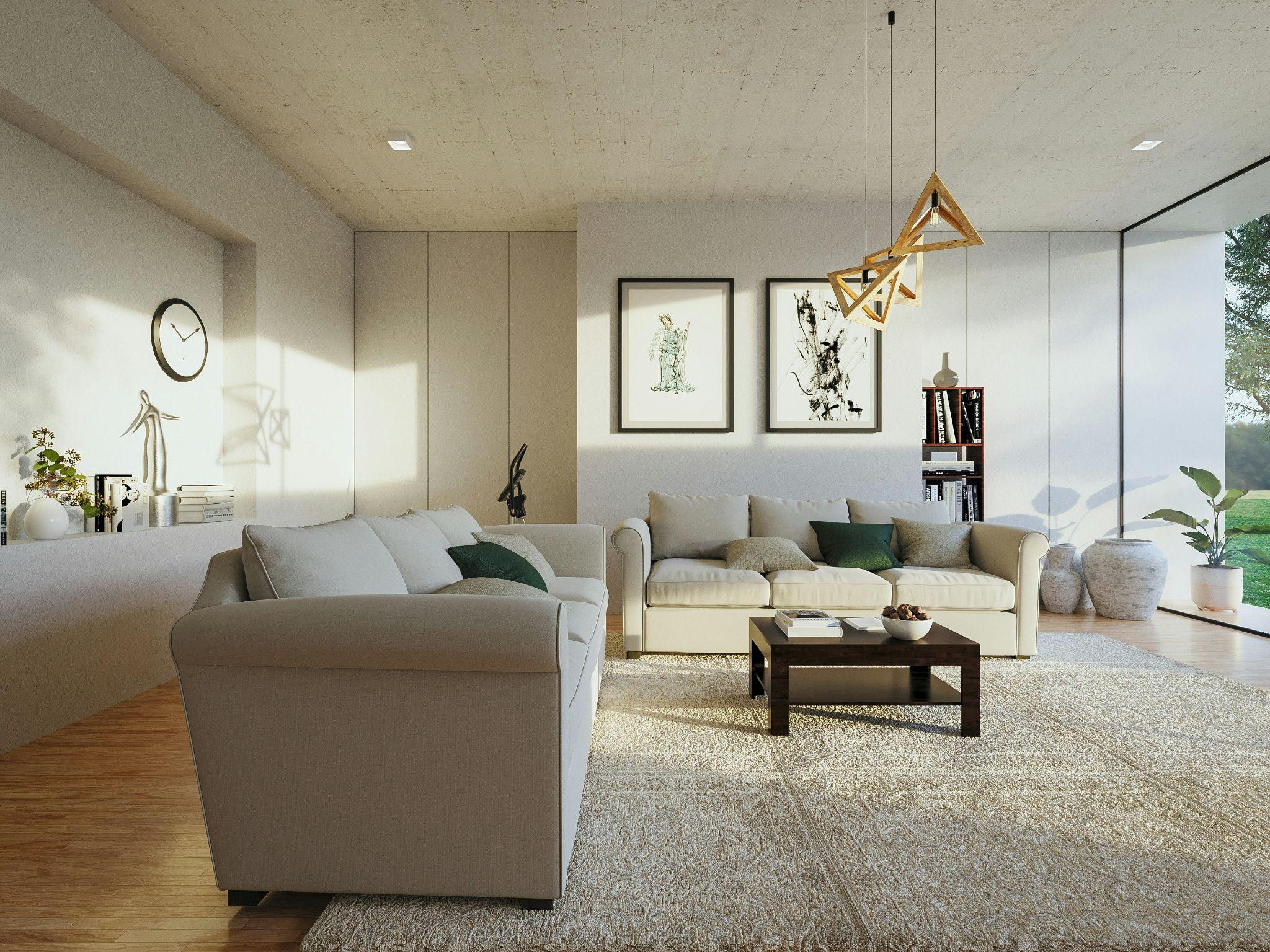
The Long View: Building a Home That Grows With You
Perhaps the most important perspective to bring to home transformation is recognizing that it’s not a one-time project but an ongoing evolution. Your needs change. Your tastes develop. Your life circumstances shift. The home that works perfectly for you today might need adjustments in five years, and that’s not just okay, it’s expected.
Building in flexibility from the start makes future adaptations easier. Choose neutral, high-quality foundations that can accommodate different styles. Invest most heavily in the permanent elements that are costly to change. Keep your semi-permanent choices adaptable enough to evolve without requiring complete overhauls. And remember that fully flexible elements like accessories and textiles are meant to be changed as your taste and needs develop.
This doesn’t mean playing it so safe that your home lacks personality. It means making conscious decisions about where to express your current style boldly and where to build in adaptability for the future. That incredible jewel-toned tile work in your powder room? Go for it. It’s a small space where boldness works, and even if your tastes shift, it’s not overwhelming. Painting your entire open-concept main floor in that trendy but highly specific color? Maybe reconsider.
The homes that bring the most long-term satisfaction are those that balance timeless elements with personal touches, quality investments with budget-conscious choices, and careful planning with room for spontaneous evolution. They’re spaces that feel finished enough to be comfortable but flexible enough to grow with you through different life stages.
Your home transformation journey is exactly that: a journey, not a destination. Embrace the process. Make thoughtful choices. Invest where it matters. And create spaces that don’t just look beautiful but truly support the life you want to live within them.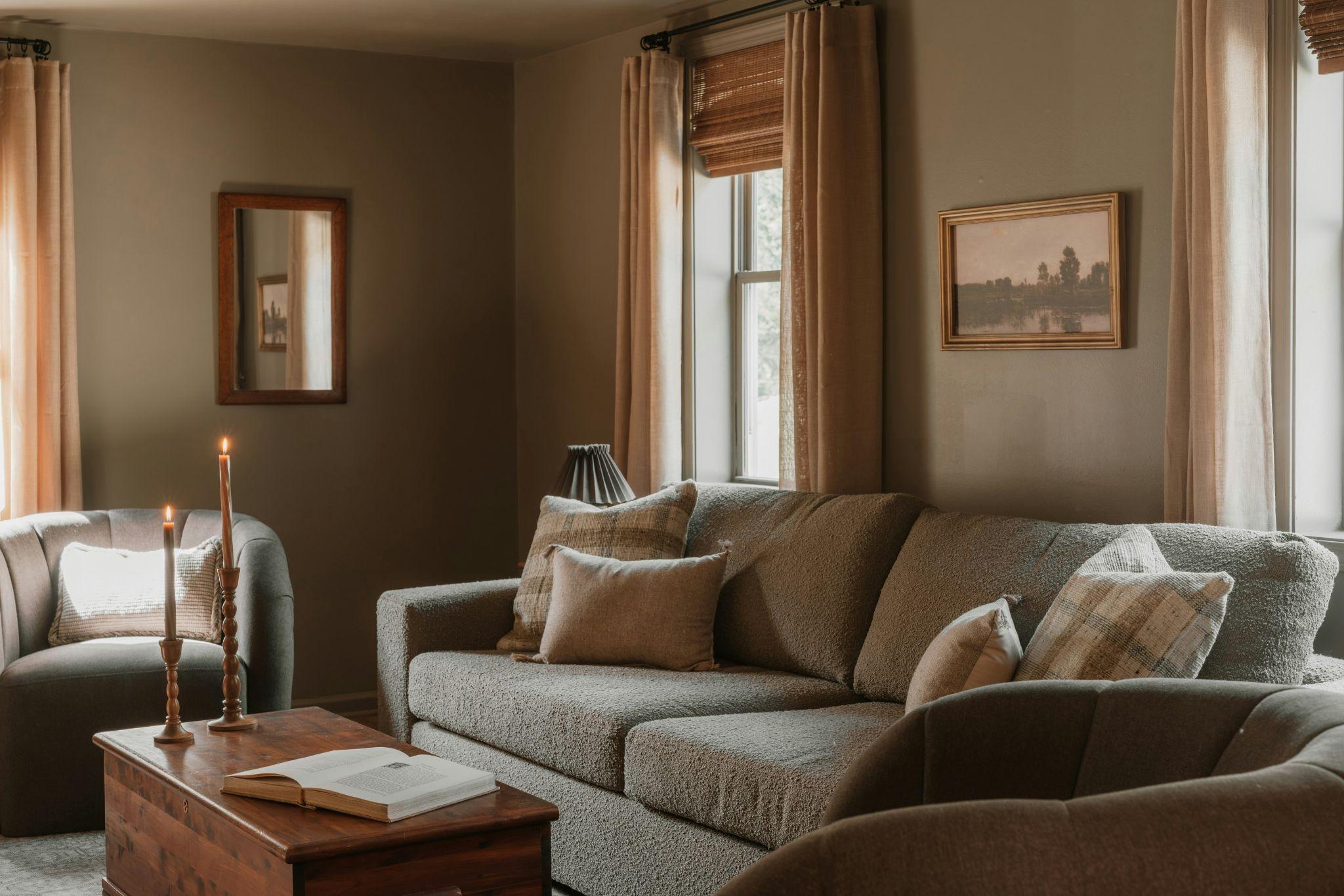
Moving Forward
Transforming a house into a home that truly reflects who you are is one of the most rewarding projects you’ll ever undertake. It requires vision to see beyond current conditions to future possibilities. It demands patience to make thoughtful decisions rather than rushing into regrettable choices. It needs practical planning to manage budgets, timelines, and logistics effectively.
But most of all, it requires remembering that your home should serve you, not the other way around. The goal isn’t creating a museum of perfect design that you’re afraid to actually use. It’s building a space that makes your daily life better, that brings you genuine joy, and that evolves alongside you through all of life’s changes.
Start with the foundational elements that will stand the test of time. Make strategic choices about where to invest for maximum impact. Partner with professionals for the heavy lifting, whether that’s skilled renovation work or the logistics of relocation. And through it all, keep your focus on creating spaces that work for how you actually live, not just how you think you should live.
Your perfect home is waiting. It might require some patient transformation work to get there, but every thoughtful choice, every careful investment, and every strategic decision brings you closer to walls that truly feel like yours.

